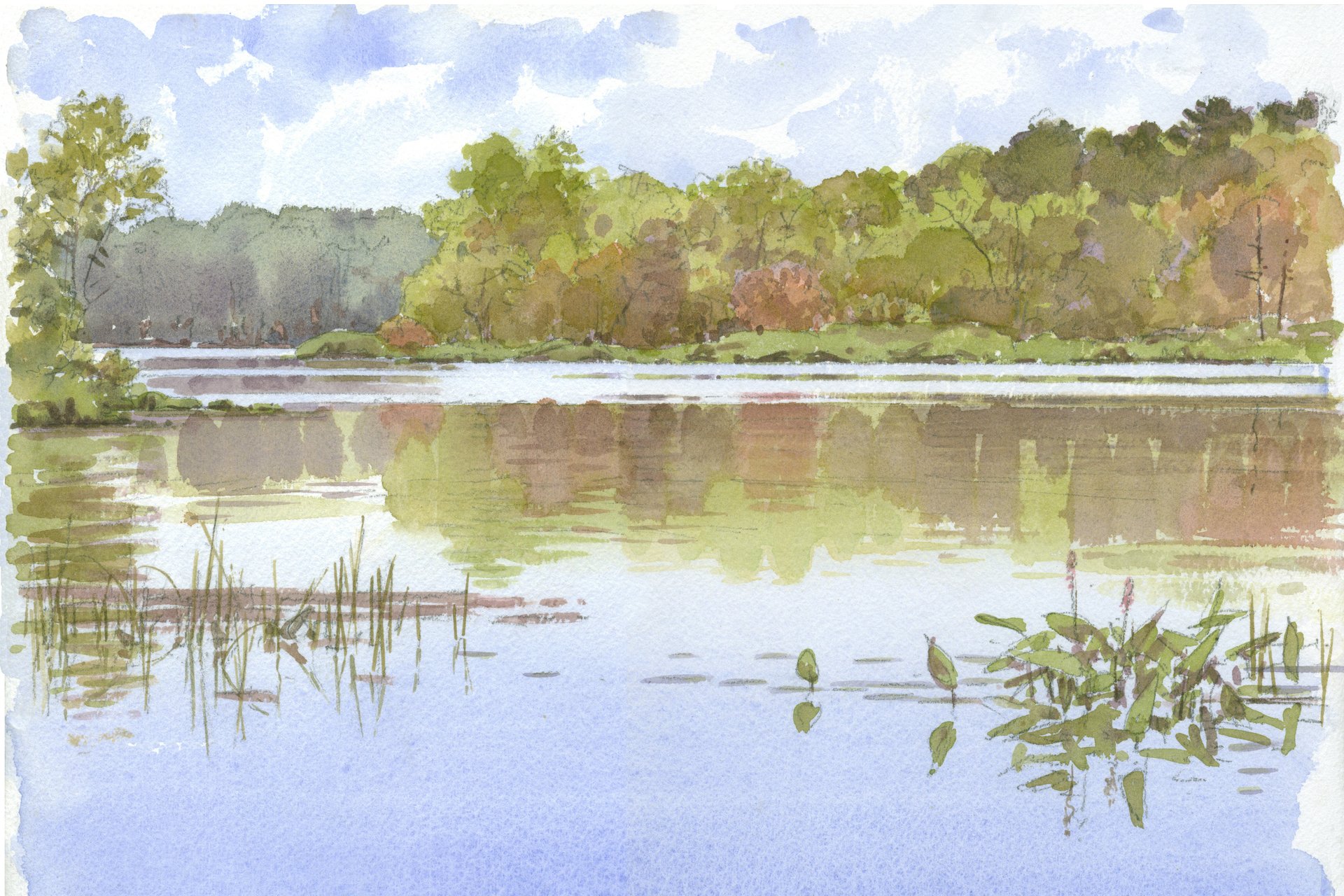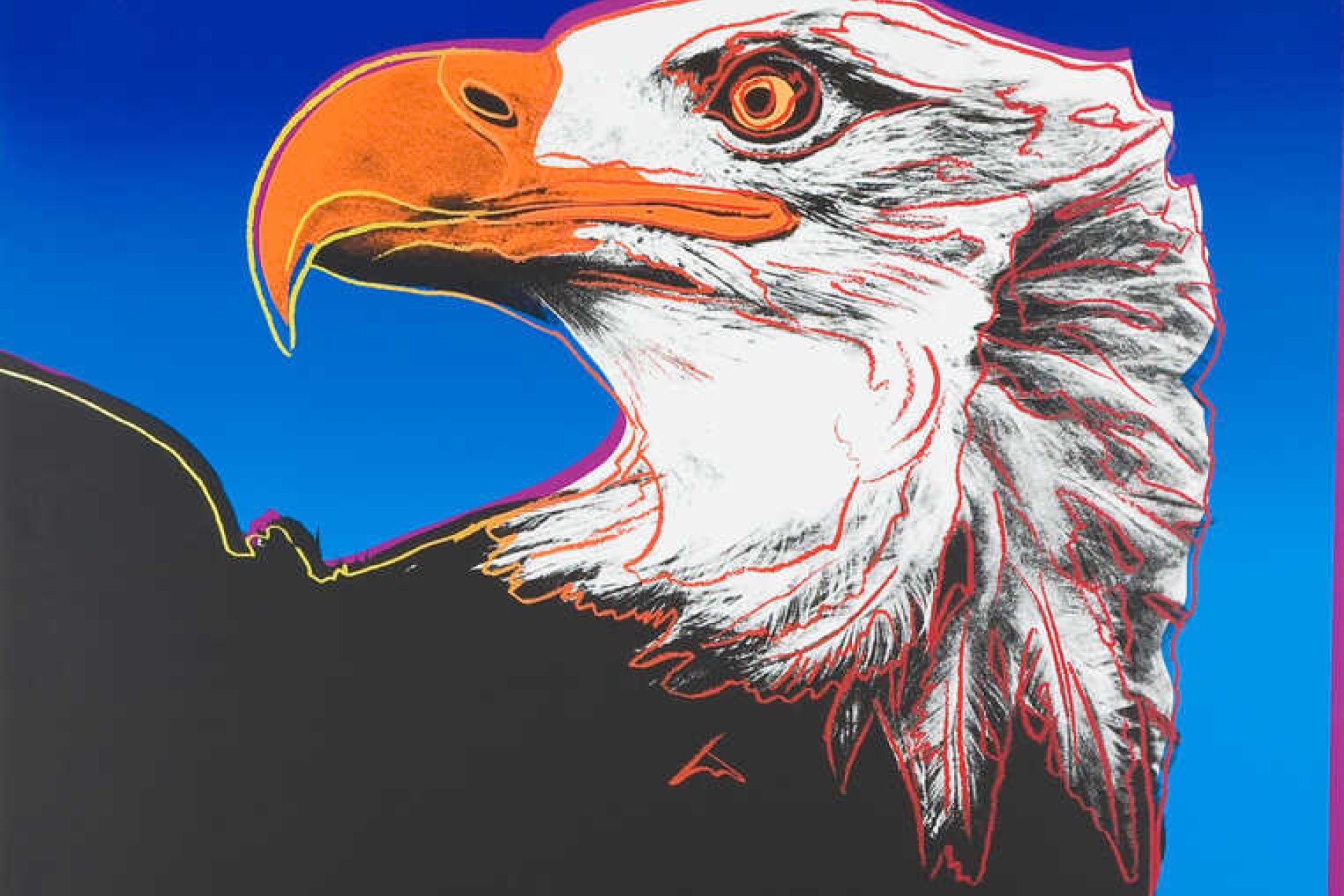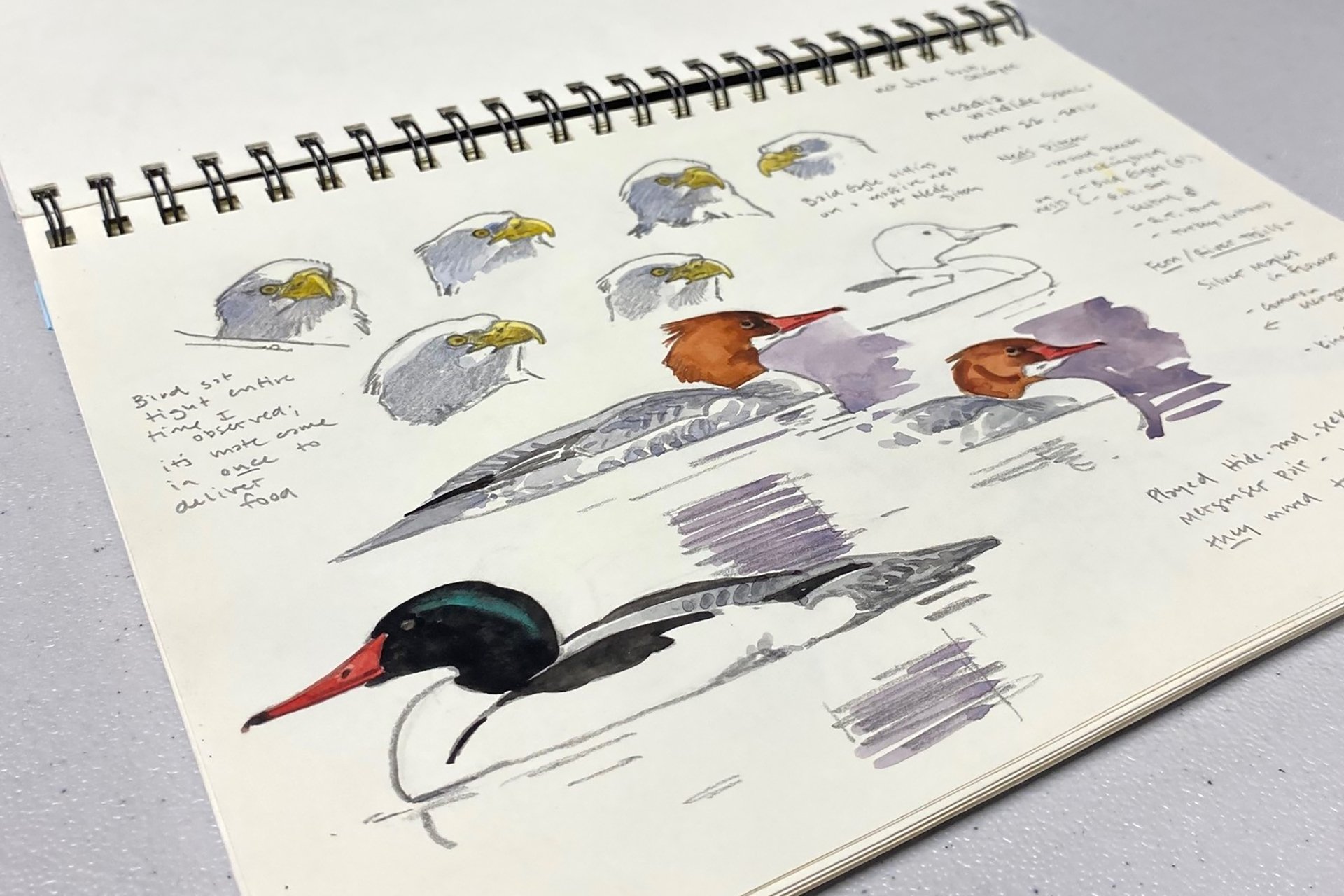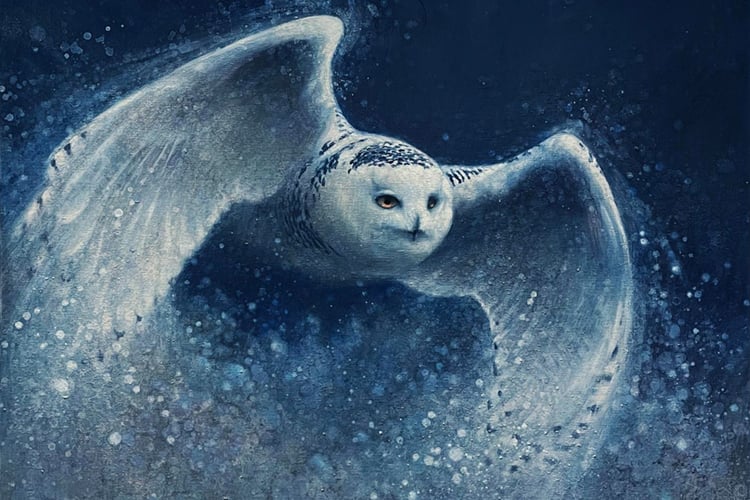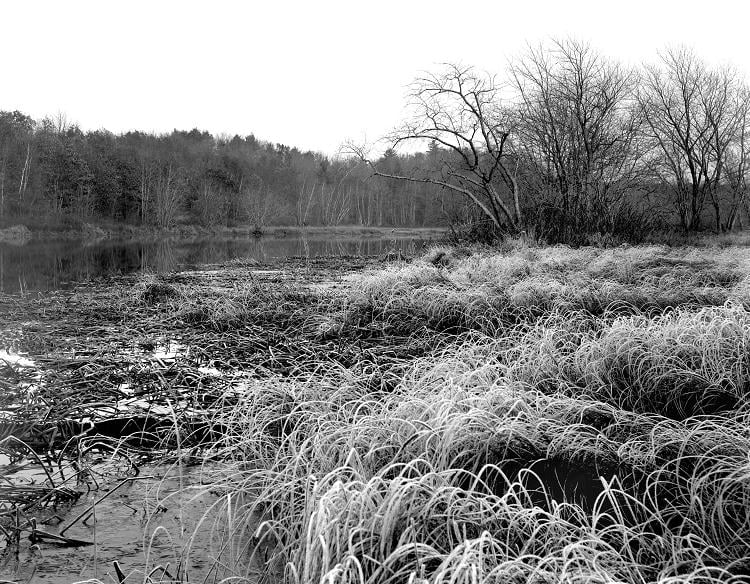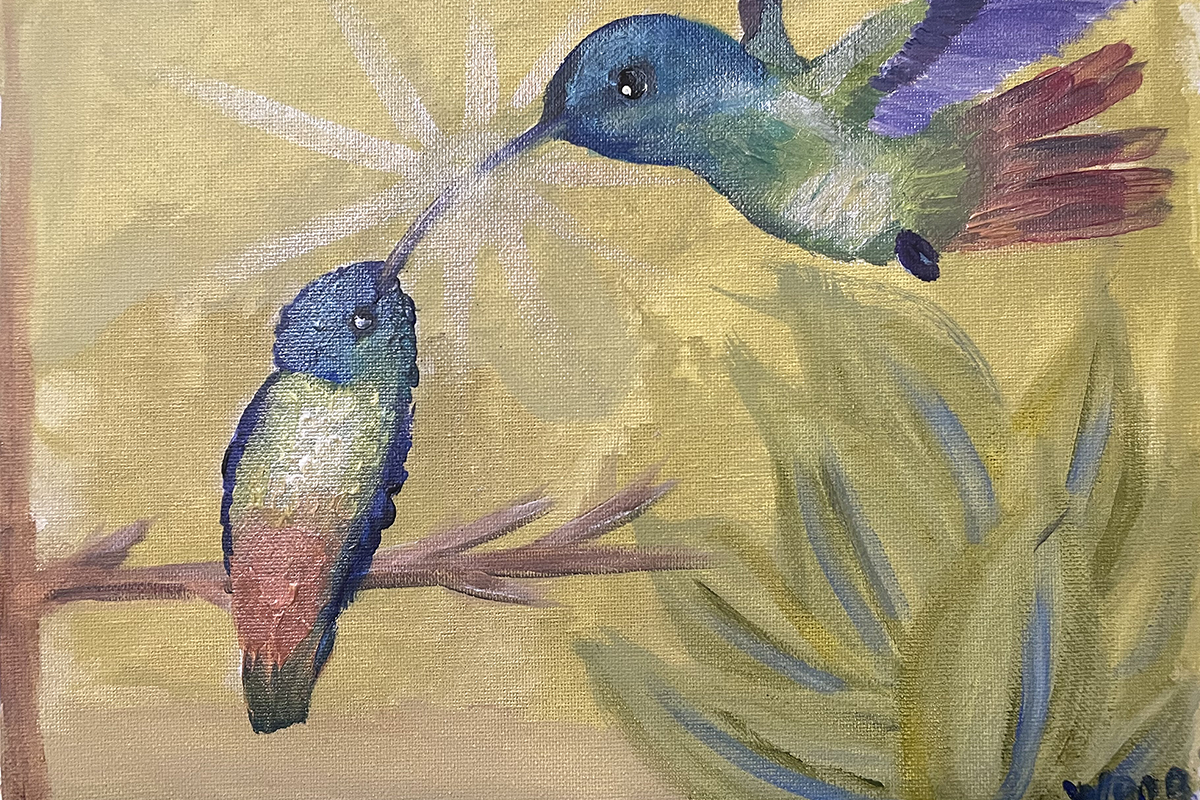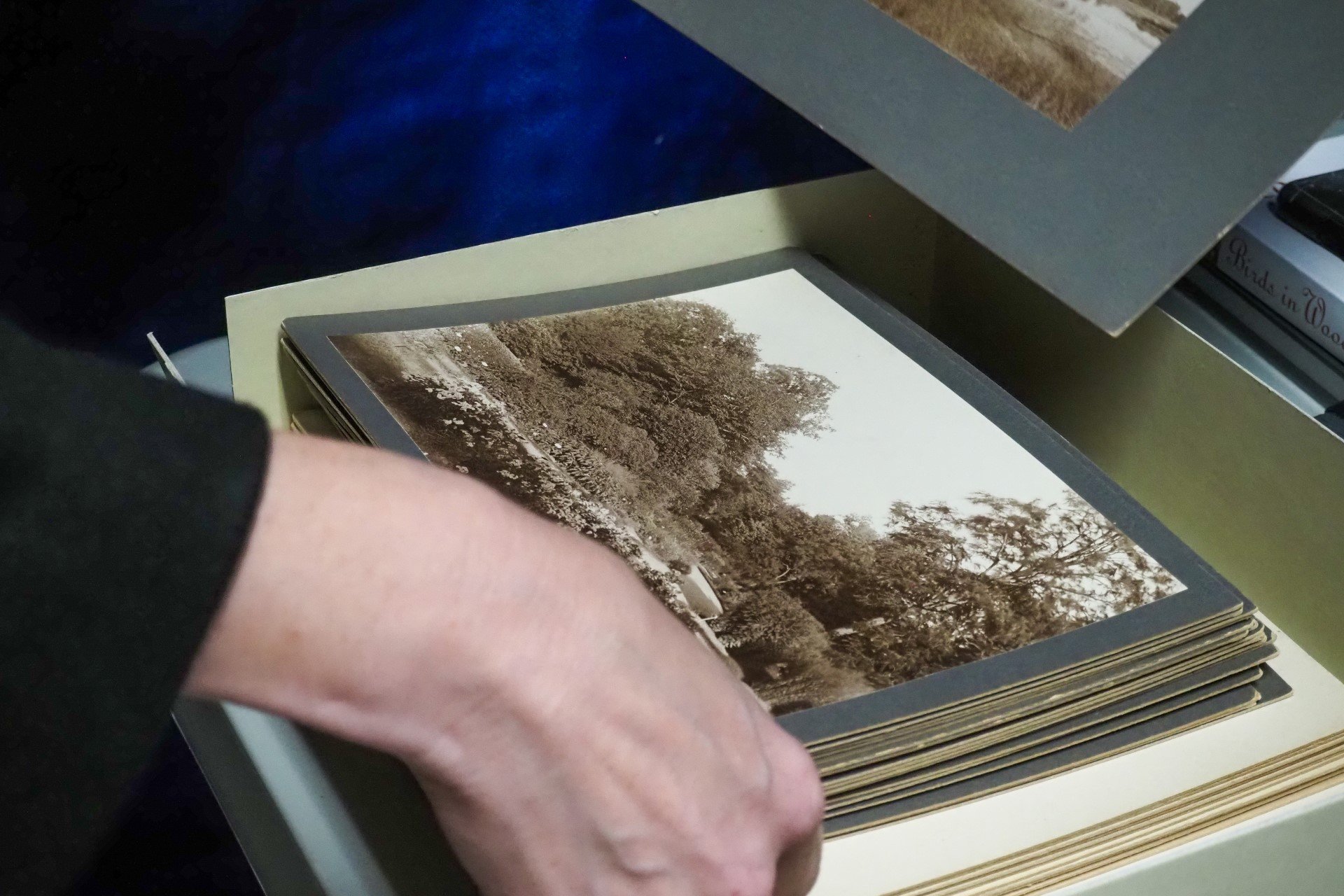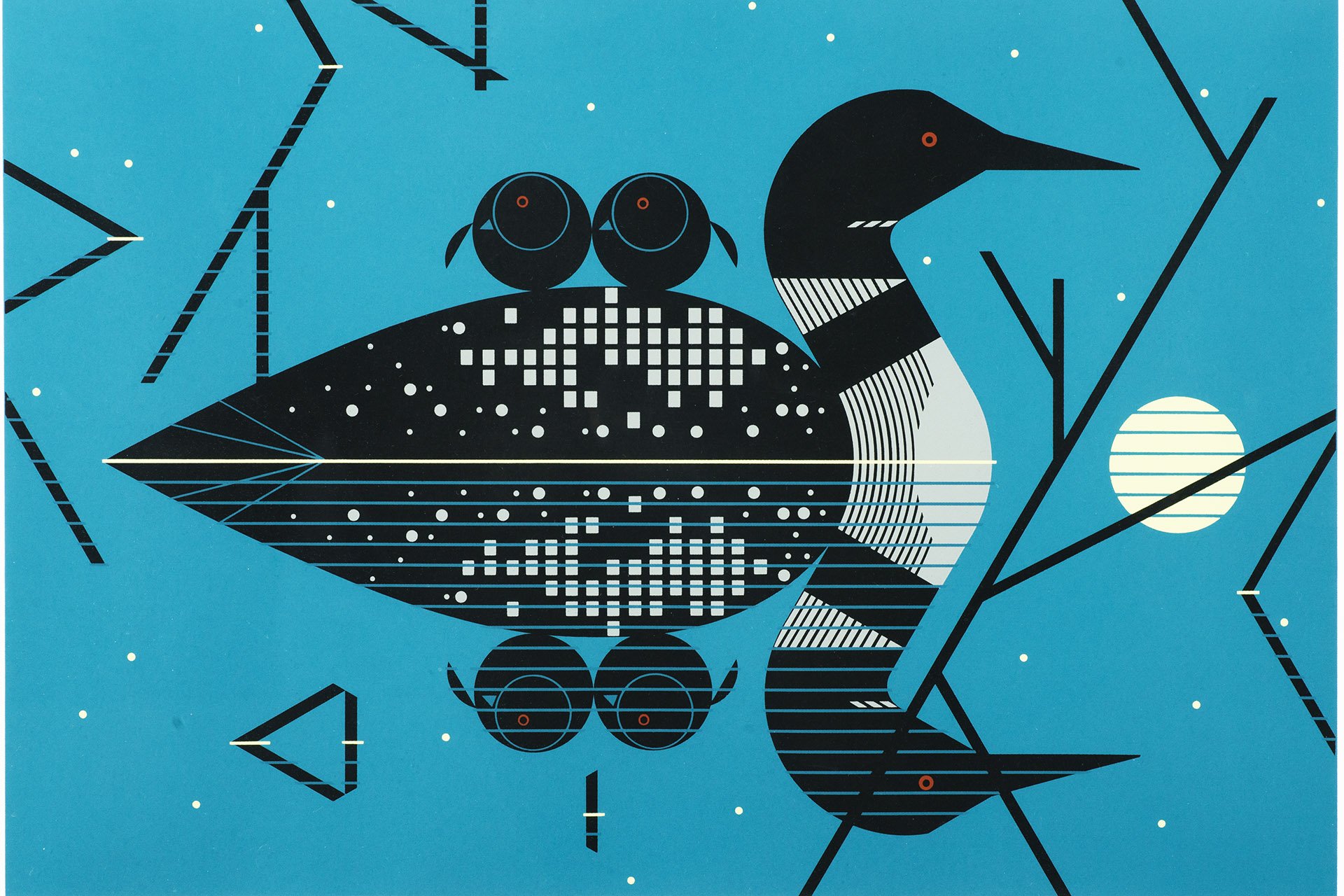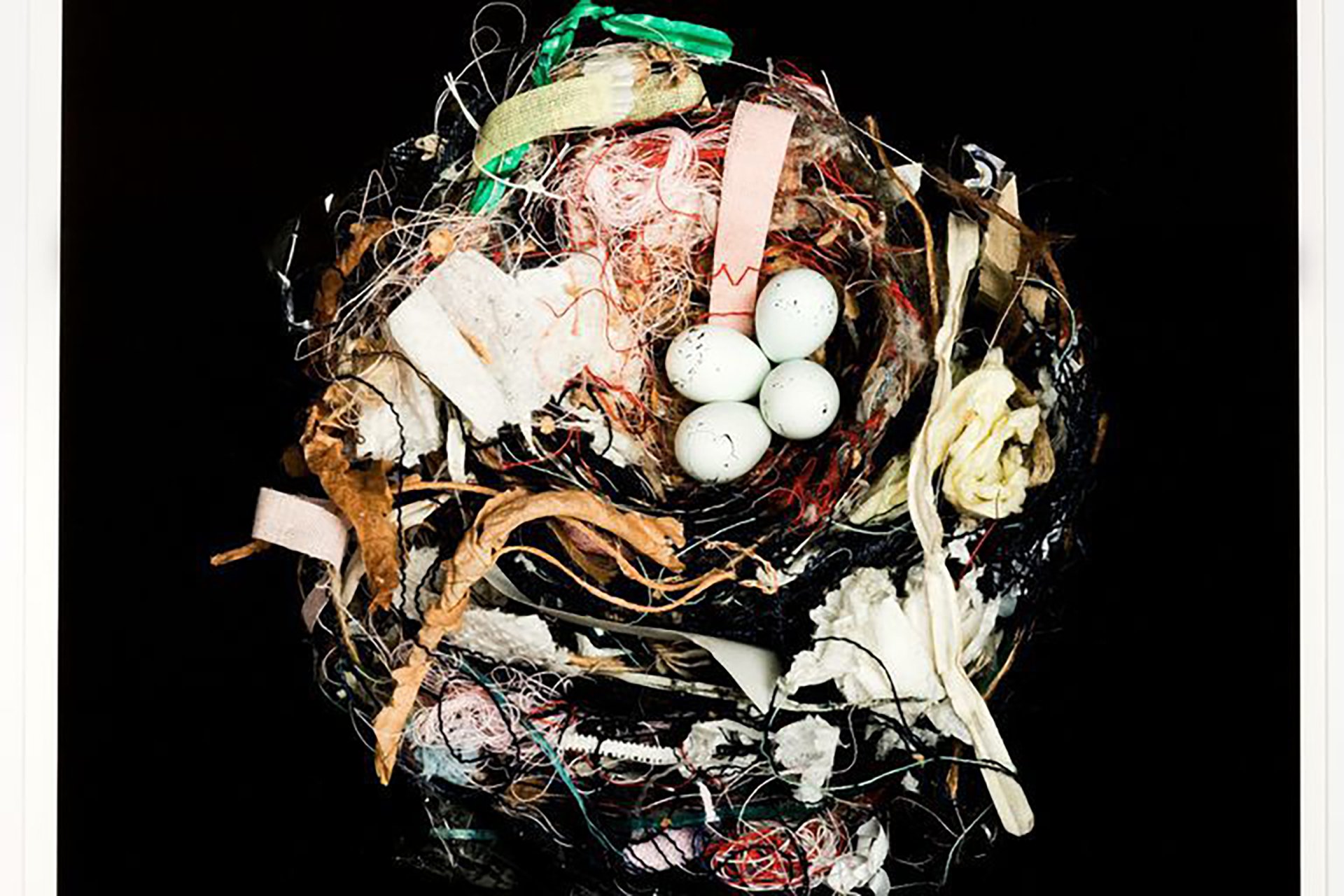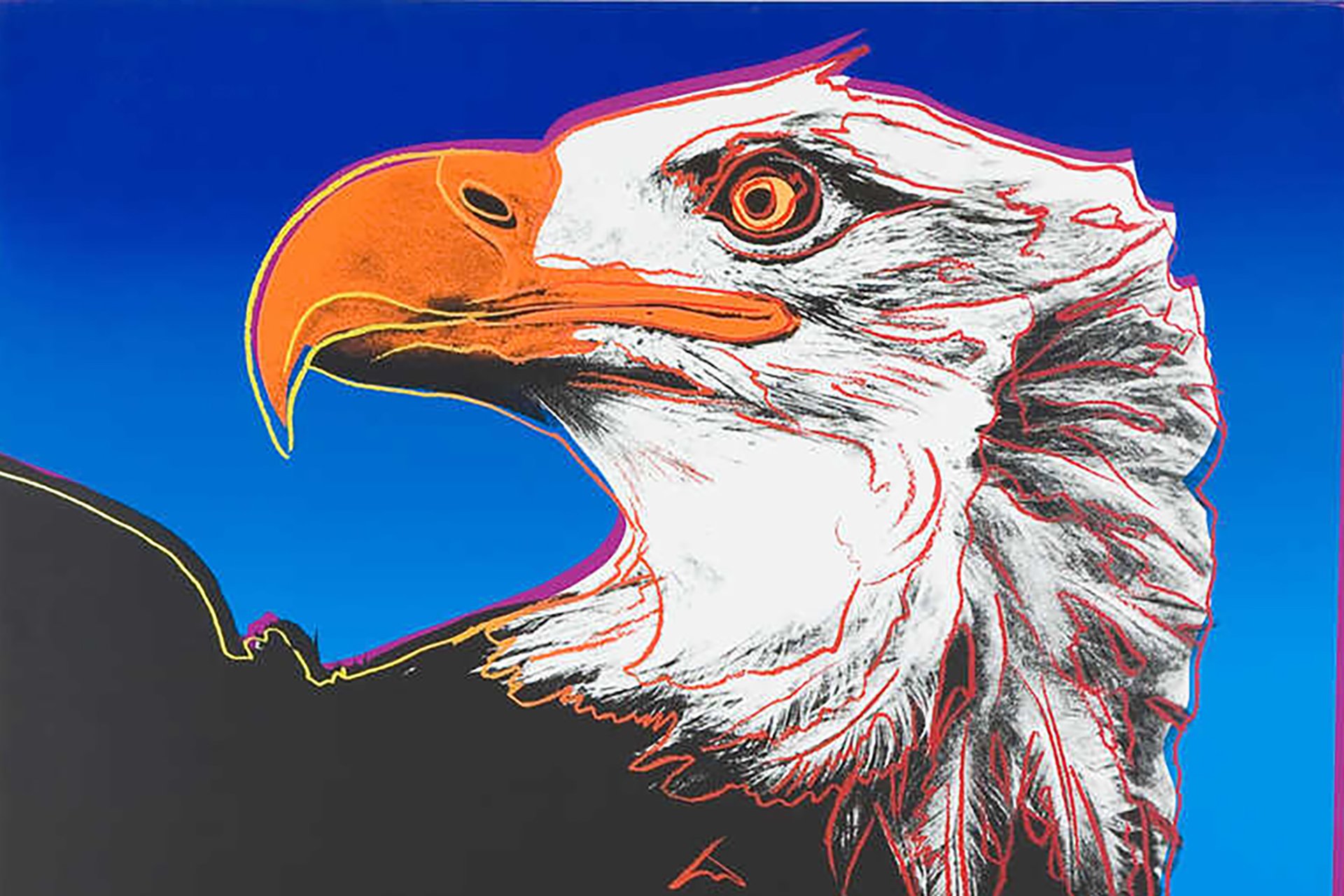Museum of American Bird Art
The Museum of American Bird Art at Mass Audubon (MABA) is a professional art museum and home to Mass Audubon's extensive art collection.
While the gallery is currently closed, MABA is developing a new vision for sharing and featuring world-class bird art. Past exhibitions featured art by internationally recognized artists whose work is inspired by nature.
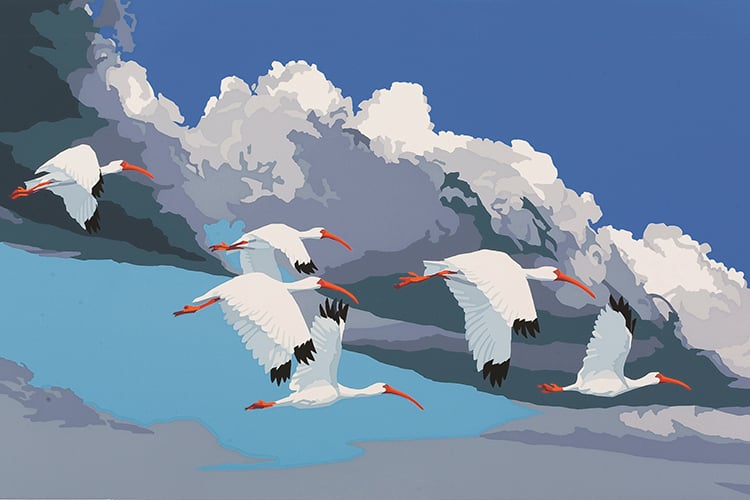
Art Collection
Mass Audubon’s bird art collection spans four centuries and many genres thanks to generous gifts and bequests as well as purchases.

Lecture Series
Watch past recordings from MABA's Art of Birds lecture series.
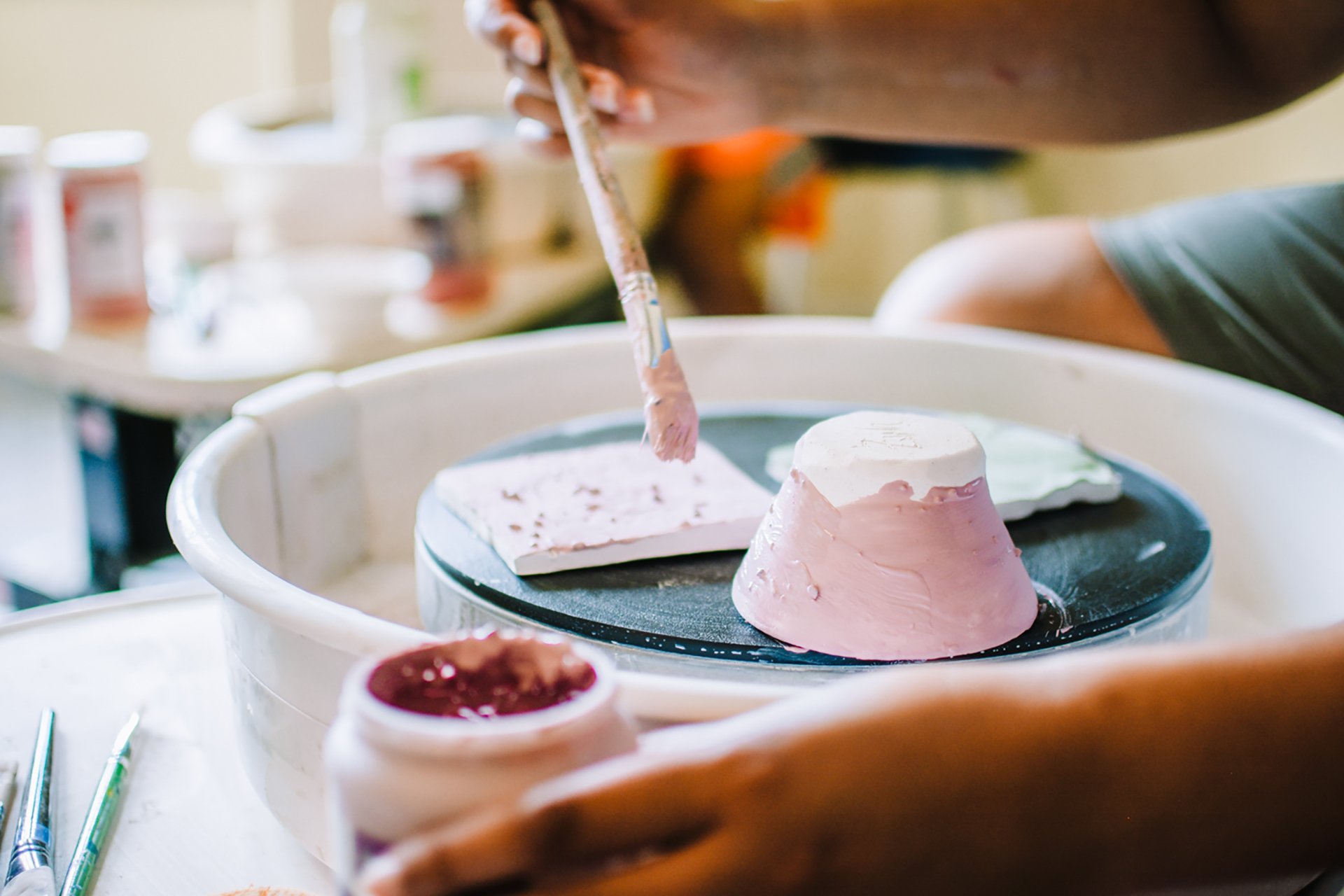
Art Programs
MABA Education Center in Canton offers art-inspired educational programs for people of all ages.
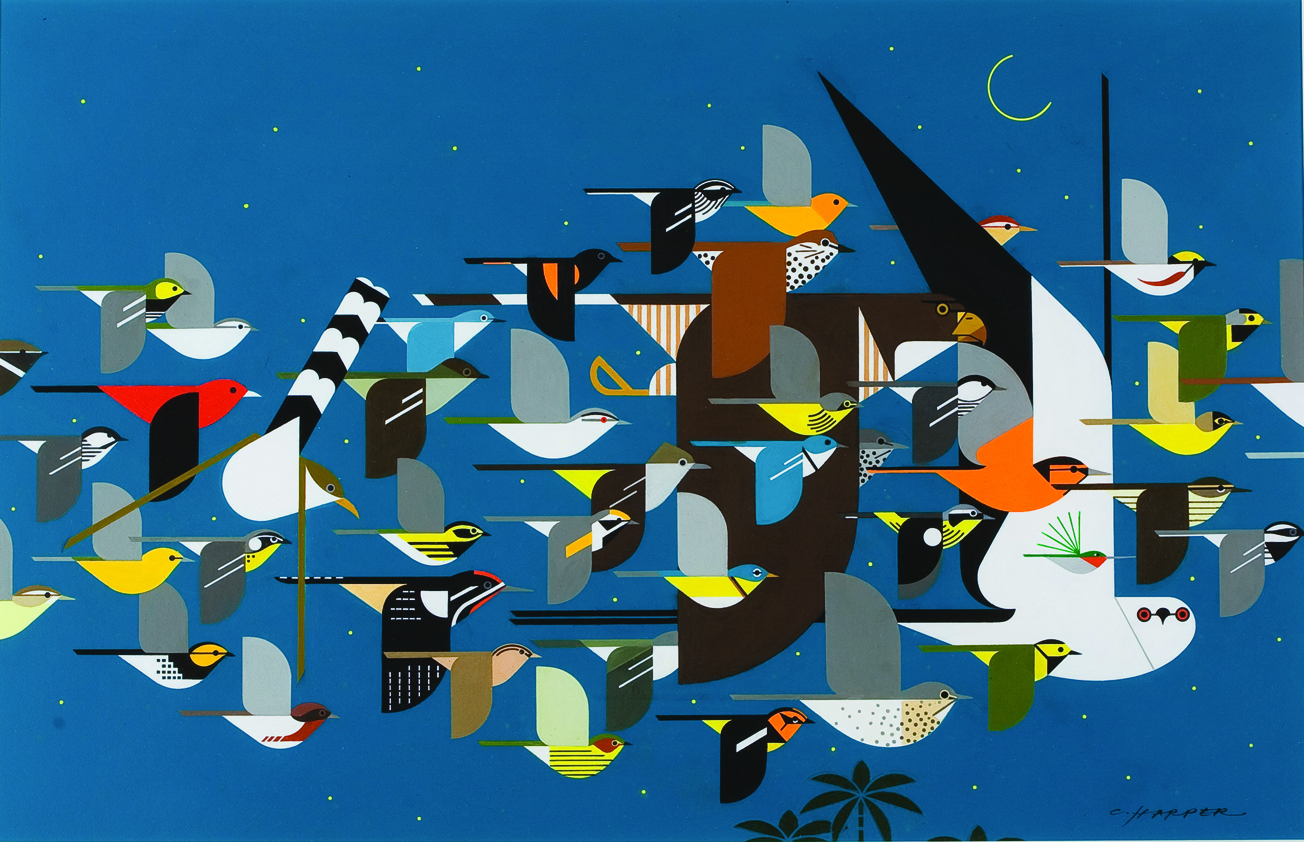
Support MABA
Help make the new vision for sharing and featuring world-class bird art possible.
Latest News
See all newsMABA in the Wild: Mass Audubon’s Art Collection on View Across the State
Keep ReadingExperience Andy Warhol's Art in Concord
Keep ReadingStay Connected to MABA
Don't miss a beat on all the ways you can enjoy our art collection, celebrate nature, and get involved.



